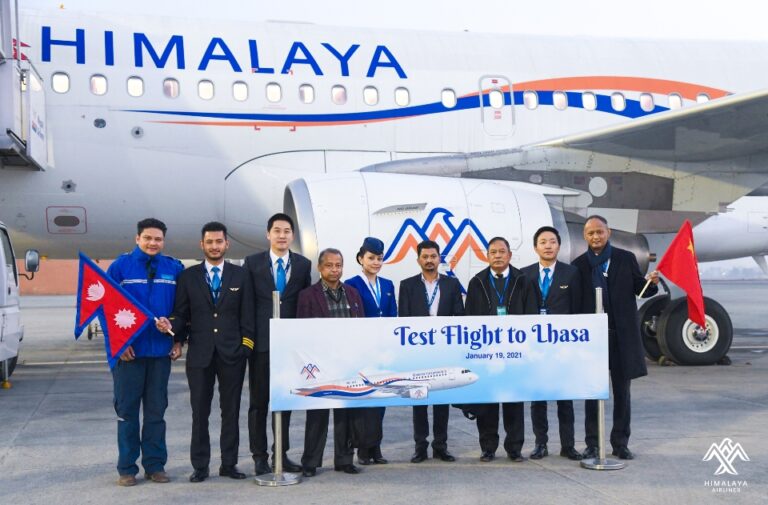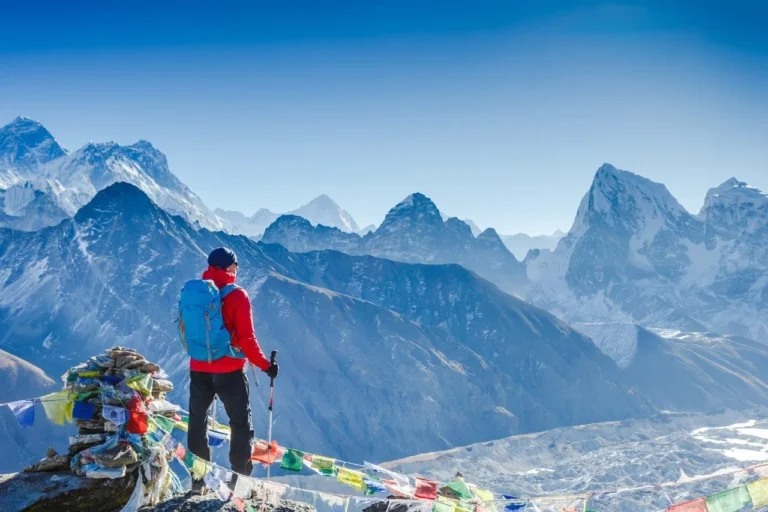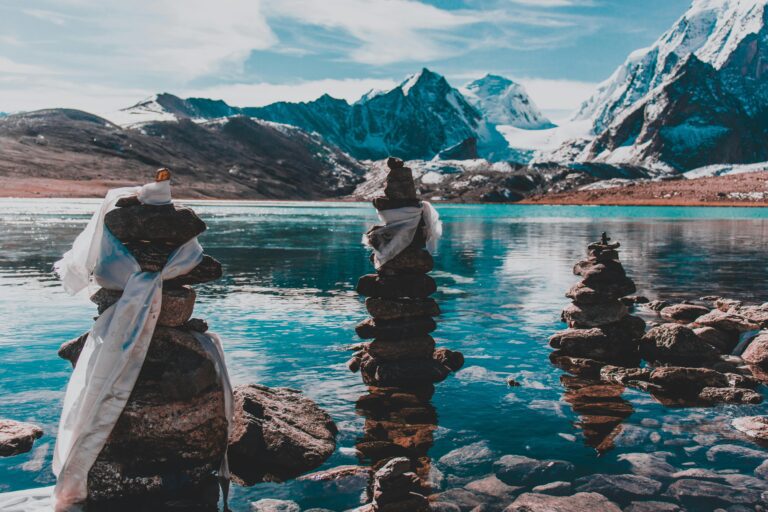Essential Acclimatization Tips for Tibet Travel
“Adjusting to Tibet’s high altitude is crucial for your safety and comfort. These Tibet travel tips will help.”
- Spend a Few Days in Lhasa: Plan 2-3 days to acclimatize in Lhasa (link to relevant page).
- Hydration Is Key: Drink plenty of water.
- Consult Your Doctor About Medication: Discuss altitude sickness medication.
Health & Safety: Key Tips for Tibet
“These Tibet travel tips focus on health and safety precautions for a worry-free trip.”
- Pack a First-Aid Kit: Include pain relievers and digestive aids.
- Vaccinations and Hygiene: Ensure your vaccinations are up-to-date.
- Avoid Altitude-Related Gastrointestinal Issues: Stick to light, cooked foods.
What to Wear: Tibet Packing Tips
“Tibet’s unpredictable weather requires thoughtful packing. Here are some Tibet travel tips for dressing appropriately.”
- Layer Your Clothing: Pack thermals, fleece, and waterproof layers.
- Comfortable and Sturdy Footwear: Invest in good hiking boots.
- Pack for the Sun and Wind: Sunscreen, sunglasses, hat, windproof jacket. (Link to packing guide if applicable)
Respecting Tibetan Culture: Etiquette Guide
“Understanding and respecting Tibetan customs will enhance your travel experience. Follow these Tibet travel tips for cultural sensitivity.”
- Dining Etiquette: Wait for everyone to be seated, follow serving order.
- Photography Etiquette: Always ask permission before photographing people.
- Cultural Sensitivity: Avoid touching heads, remove hats in temples.
Staying Safe During Your Tibet Travel
“Staying safe during your Tibet travel requires planning and awareness.”
- Travel Insurance: Essential for high-altitude and emergency medical evacuation.
- Stay Informed: Follow your guide’s advice and local authorities.
- Stick to Authorized Areas: Book through a registered agency for permits and authorized areas.
Getting Around: Tibet Transportation Options
“These Tibet travel tips can help you plan your transportation within the region.”
- Book With Reputable Agencies: Essential for permits and transport.
- Consider Train Travel: The Qinghai-Tibet Railway is scenic and gradual.
- Local Transport Options: Taxis are available in Lhasa.
Connectivity & Communication: Staying in Touch
“These Tibet travel tips will help you stay connected, but expect limitations.”
- SIM Cards and Wi-Fi: Limited connectivity outside Lhasa.
- Offline Maps and Guides: Download offline maps.
Conclusion: Enjoying Your Tibet Adventure with Confidence
“Following these practical Tibet travel tips ensures a safe and rewarding journey through the Roof of the World. Enjoy the breathtaking landscapes and rich culture!”








